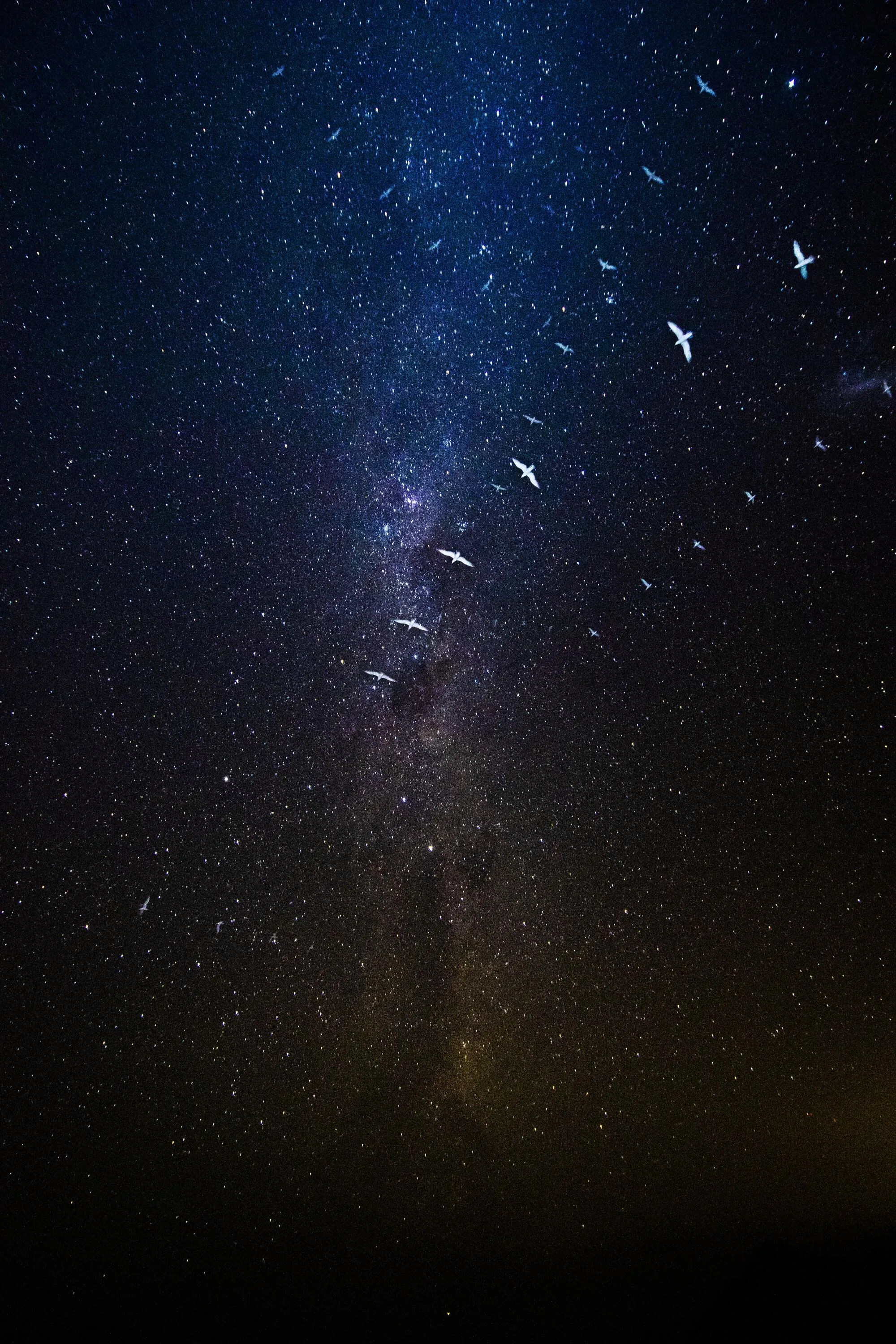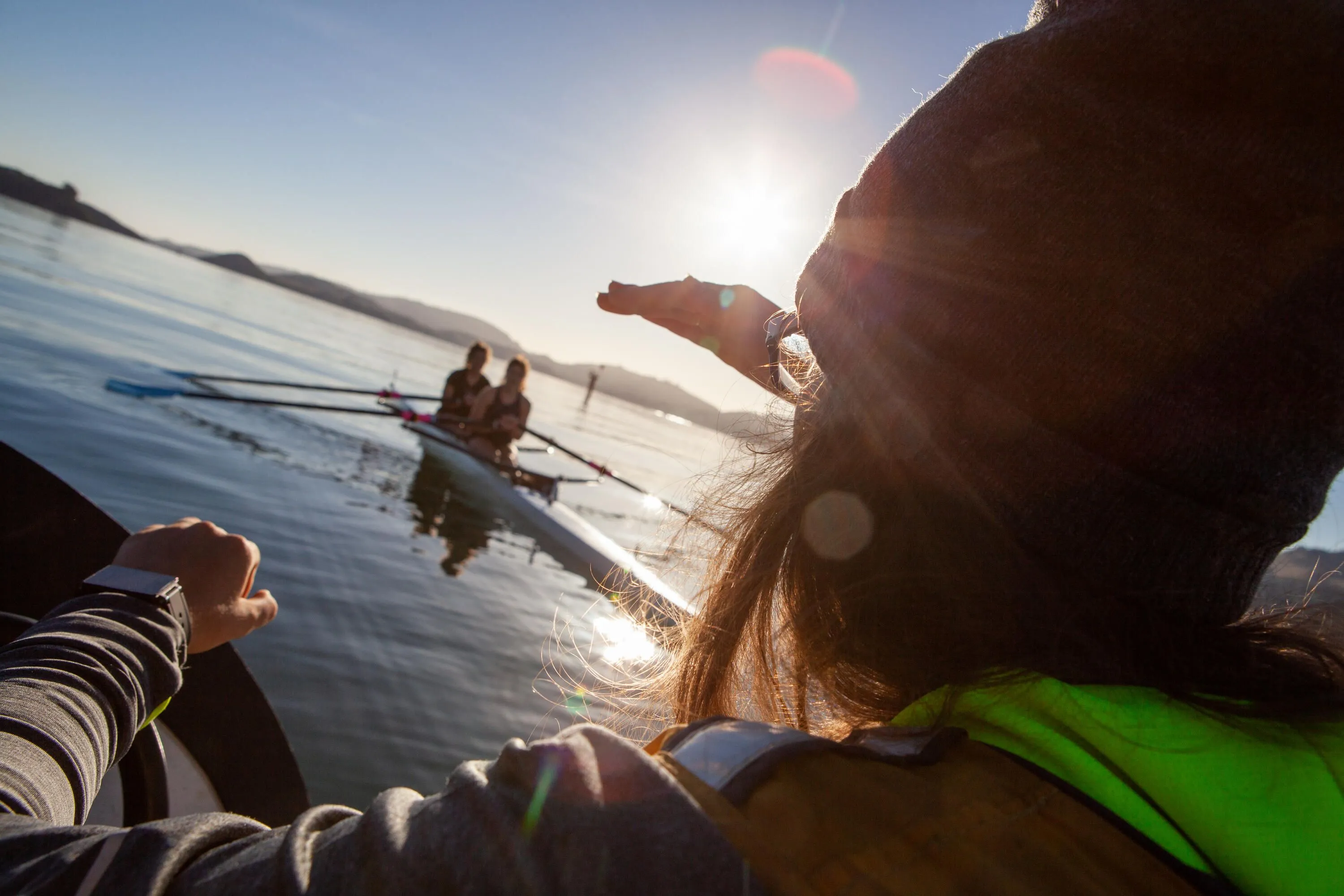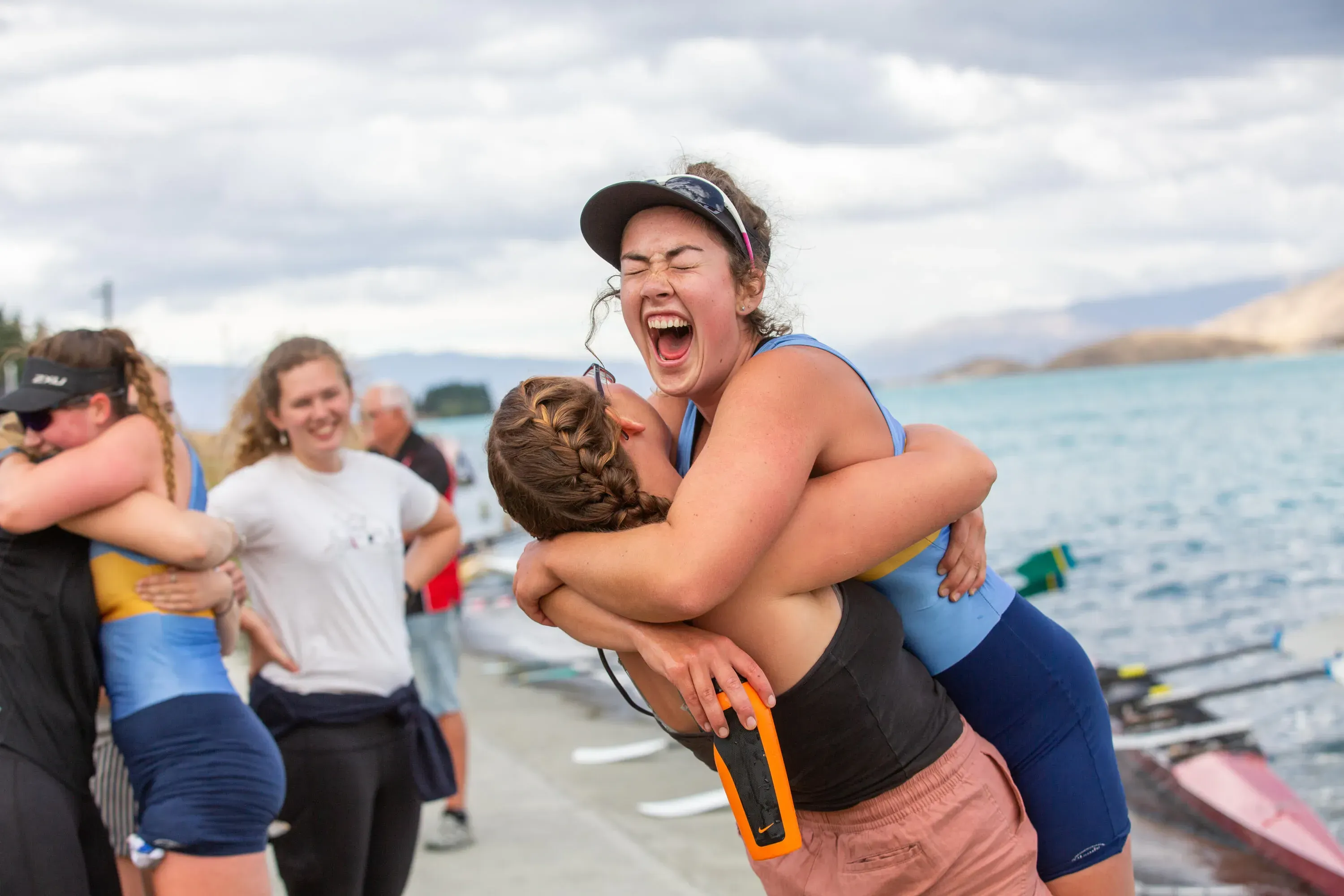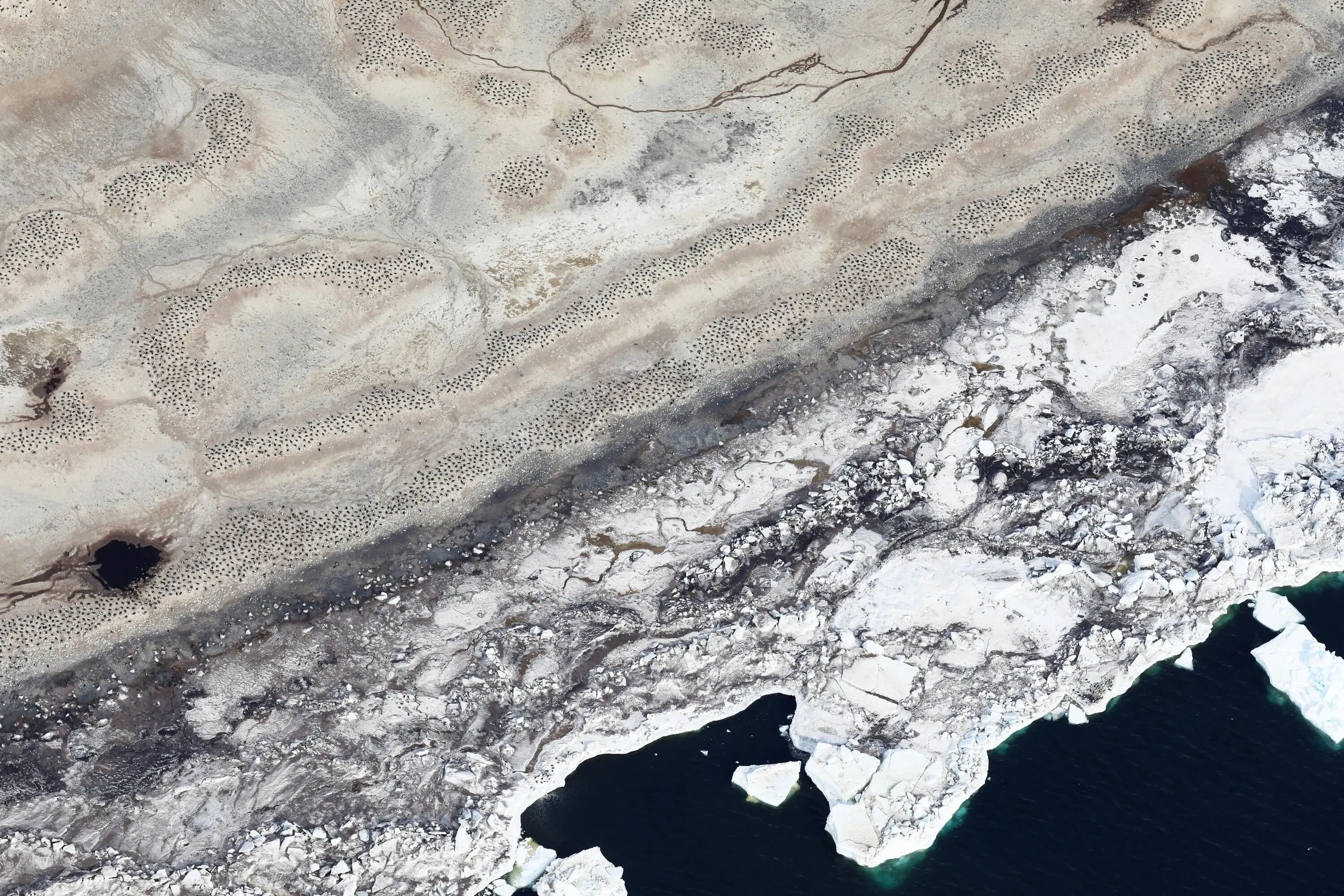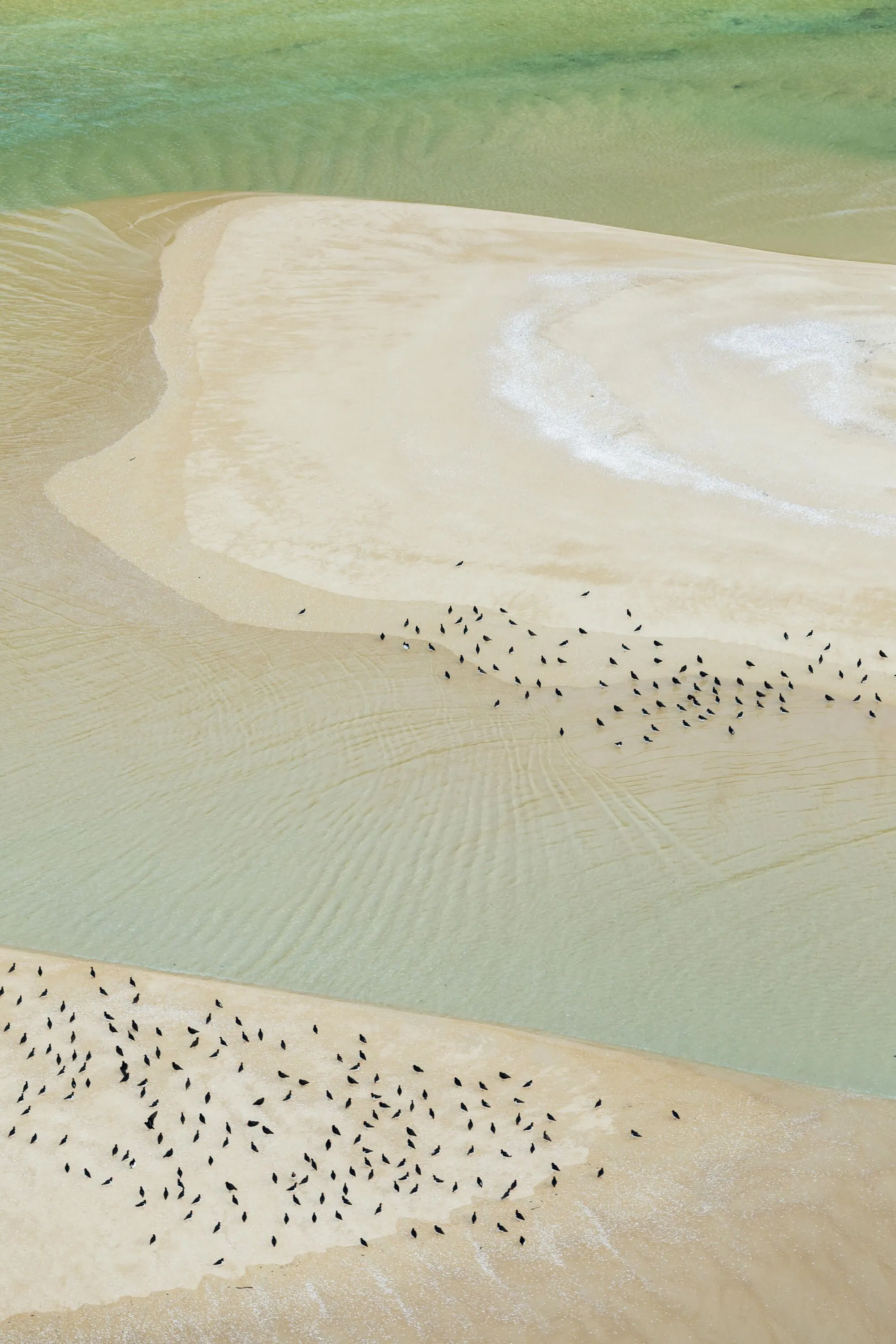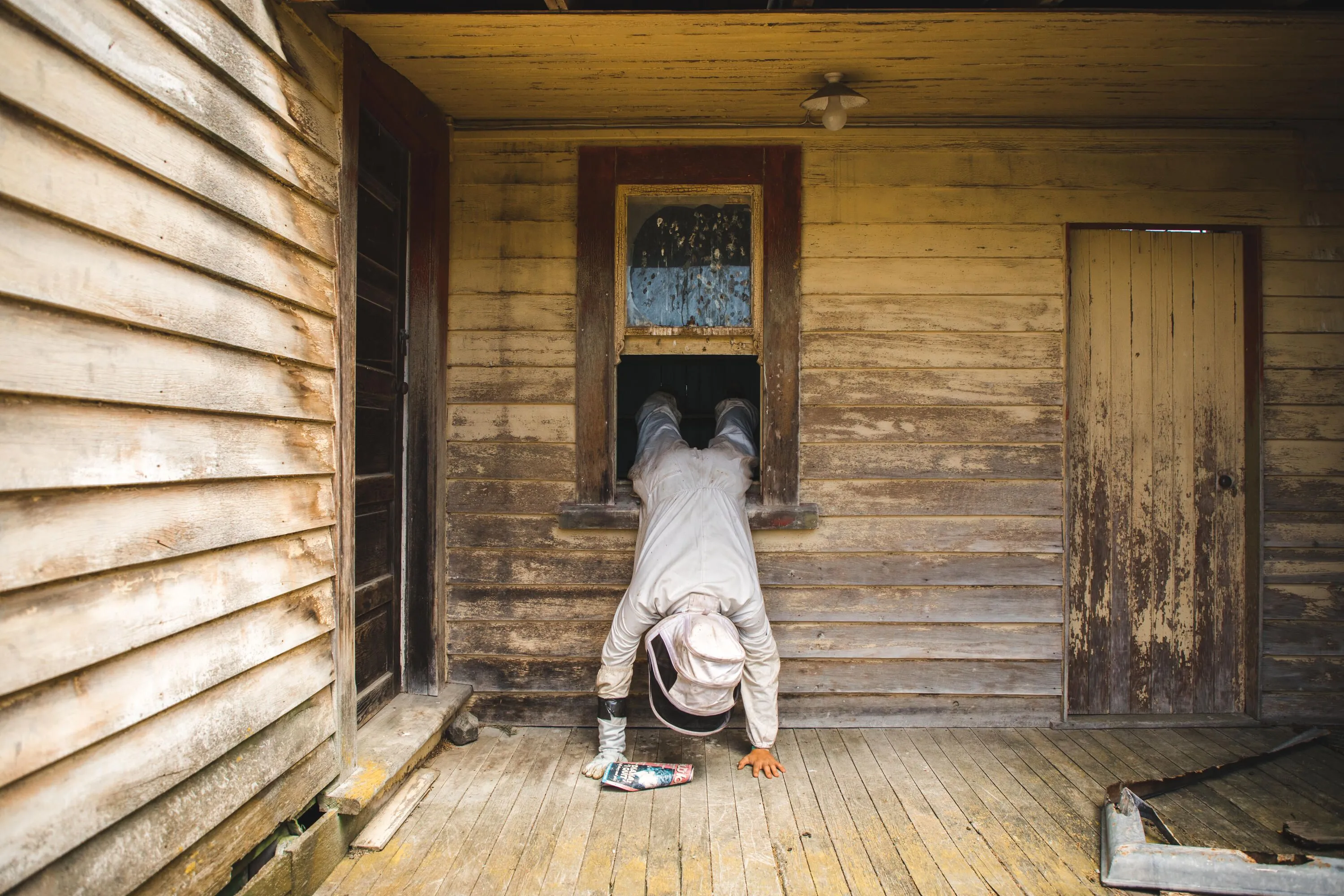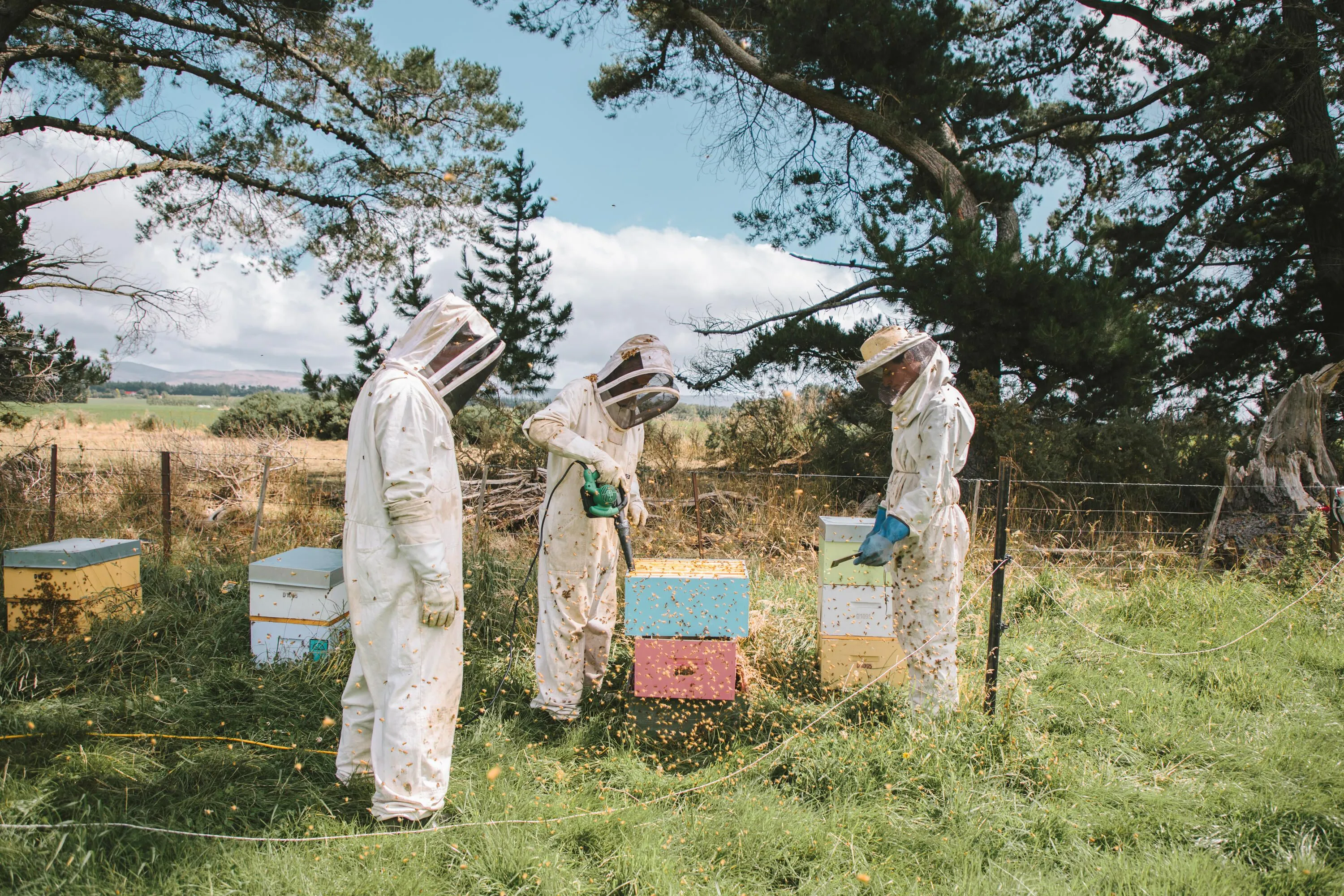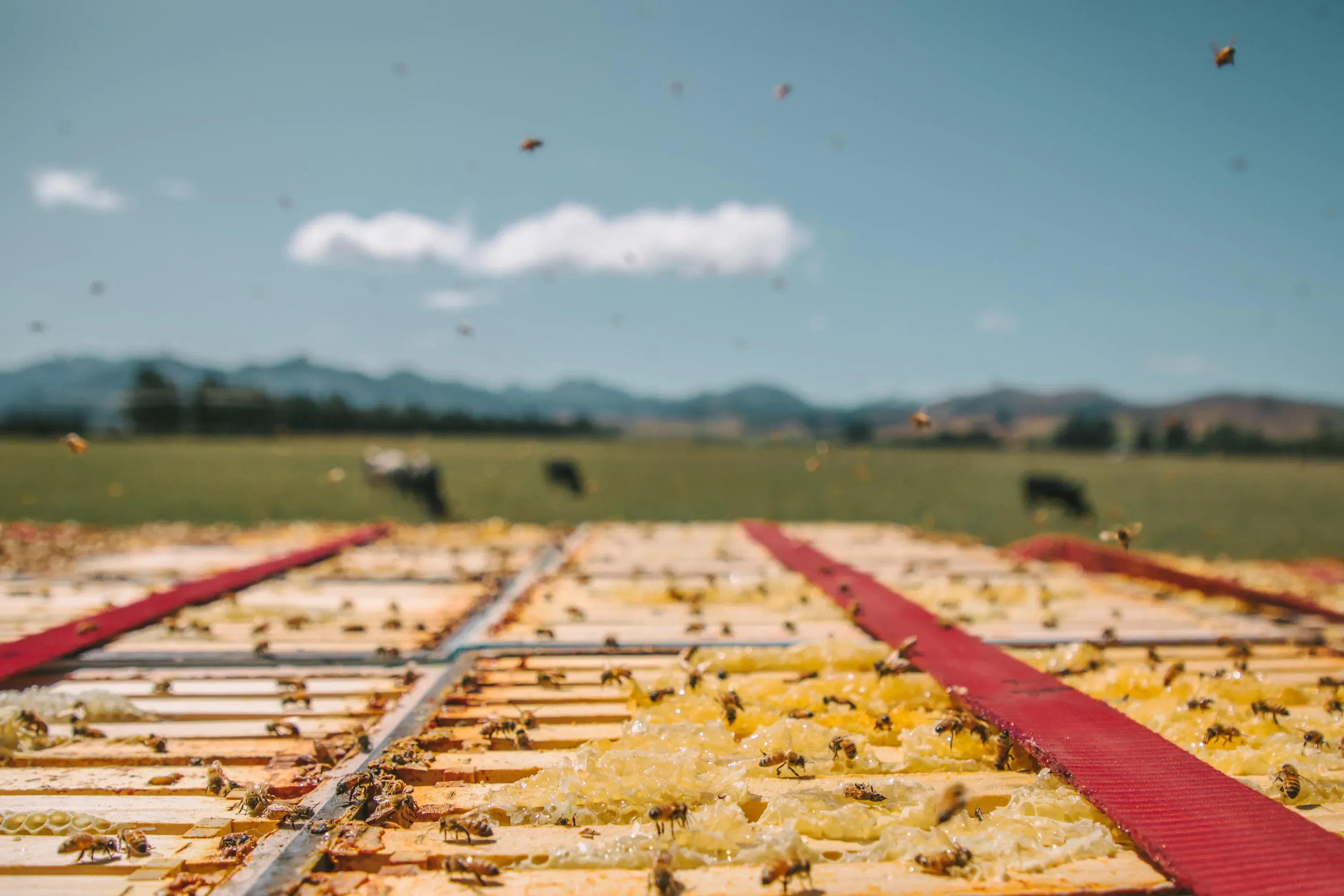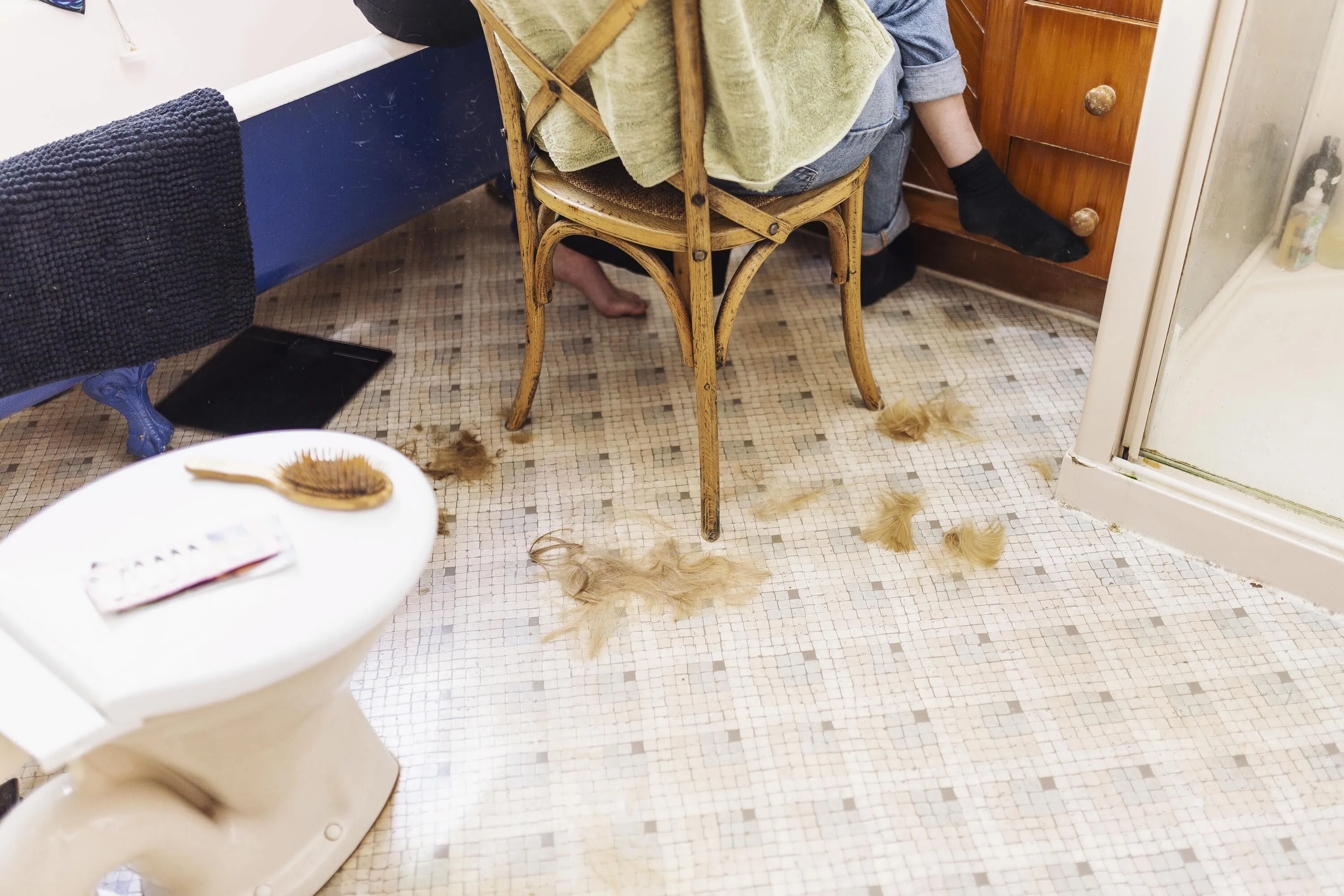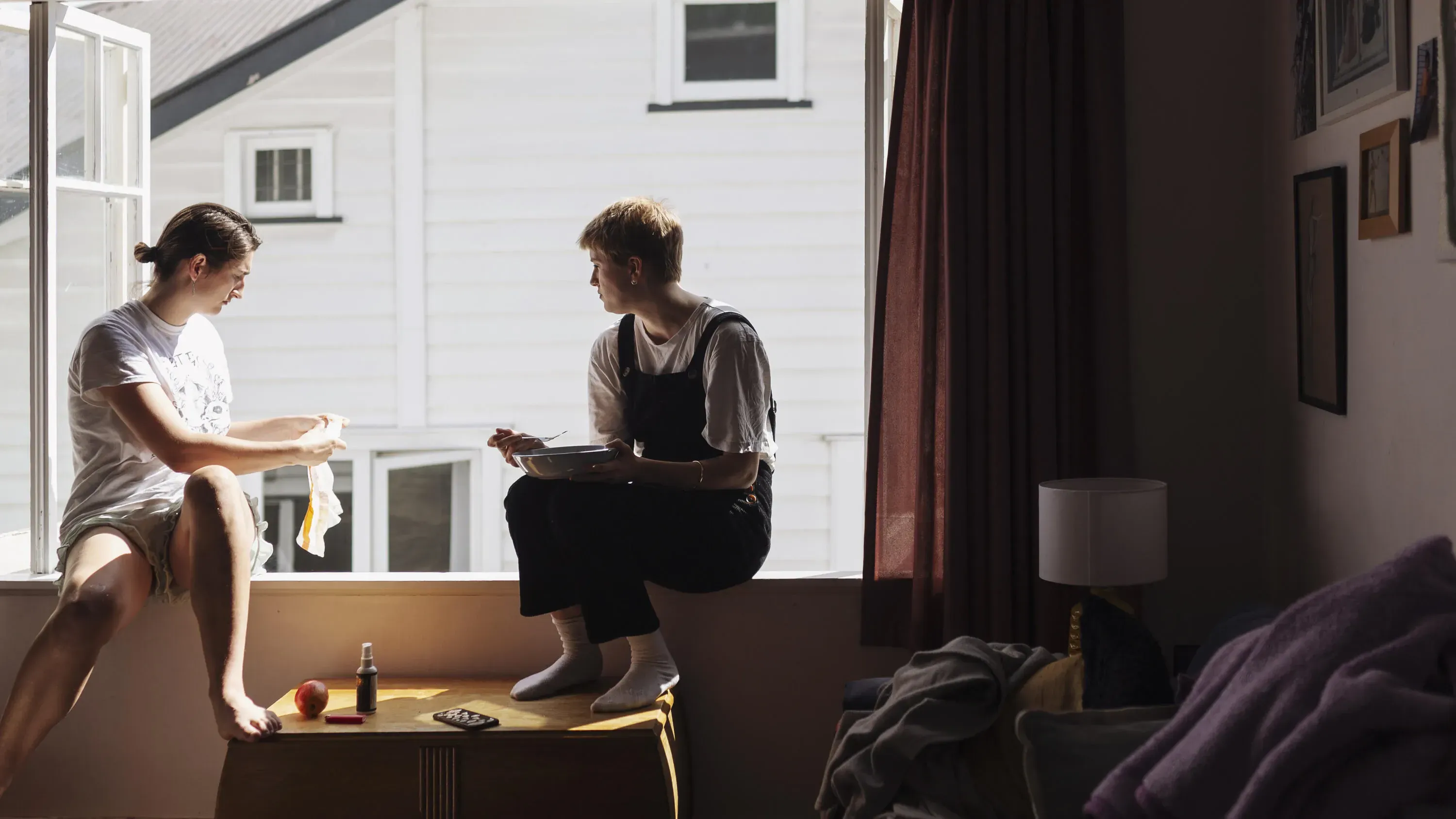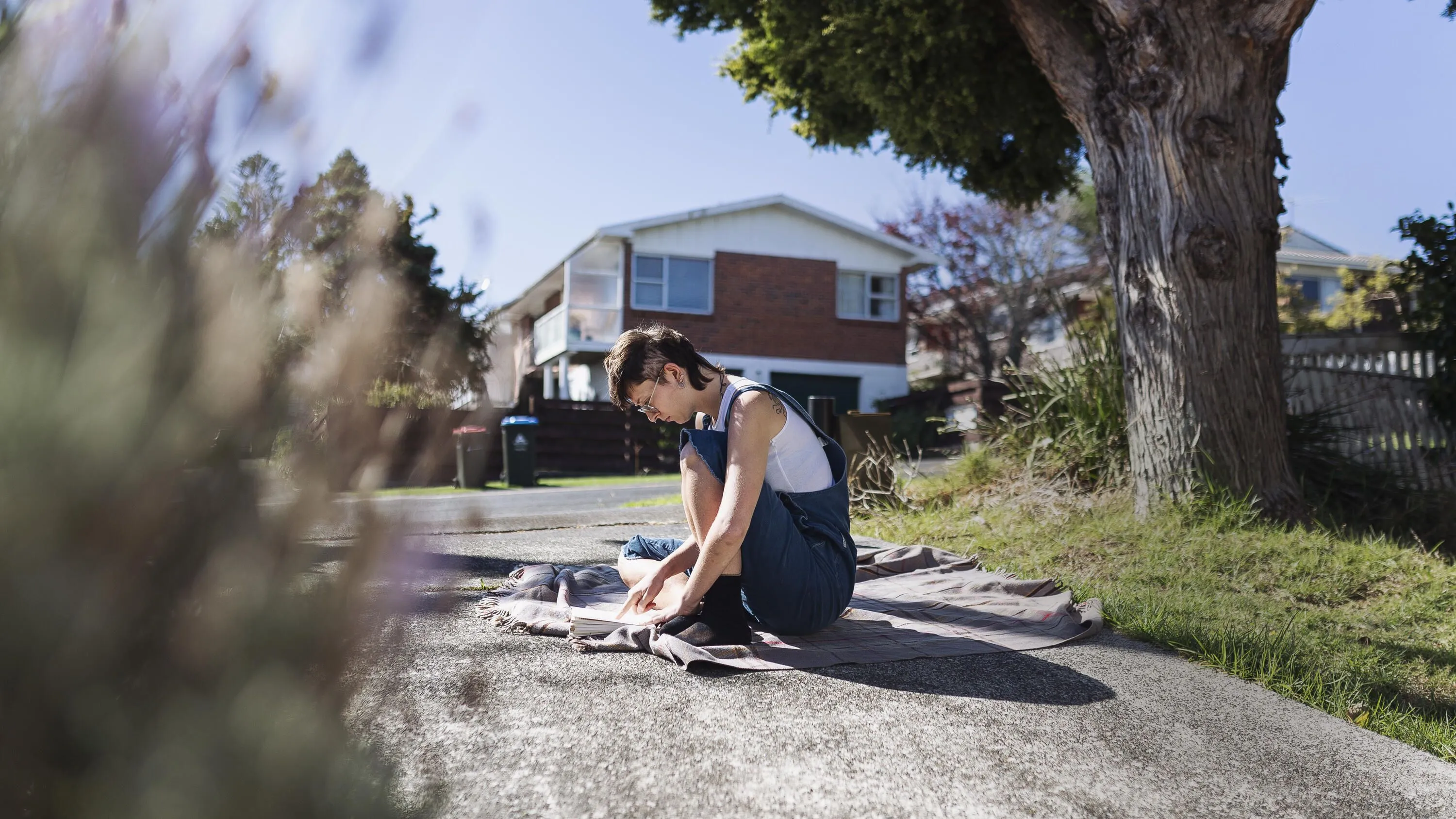Picture of Inequity
Written by
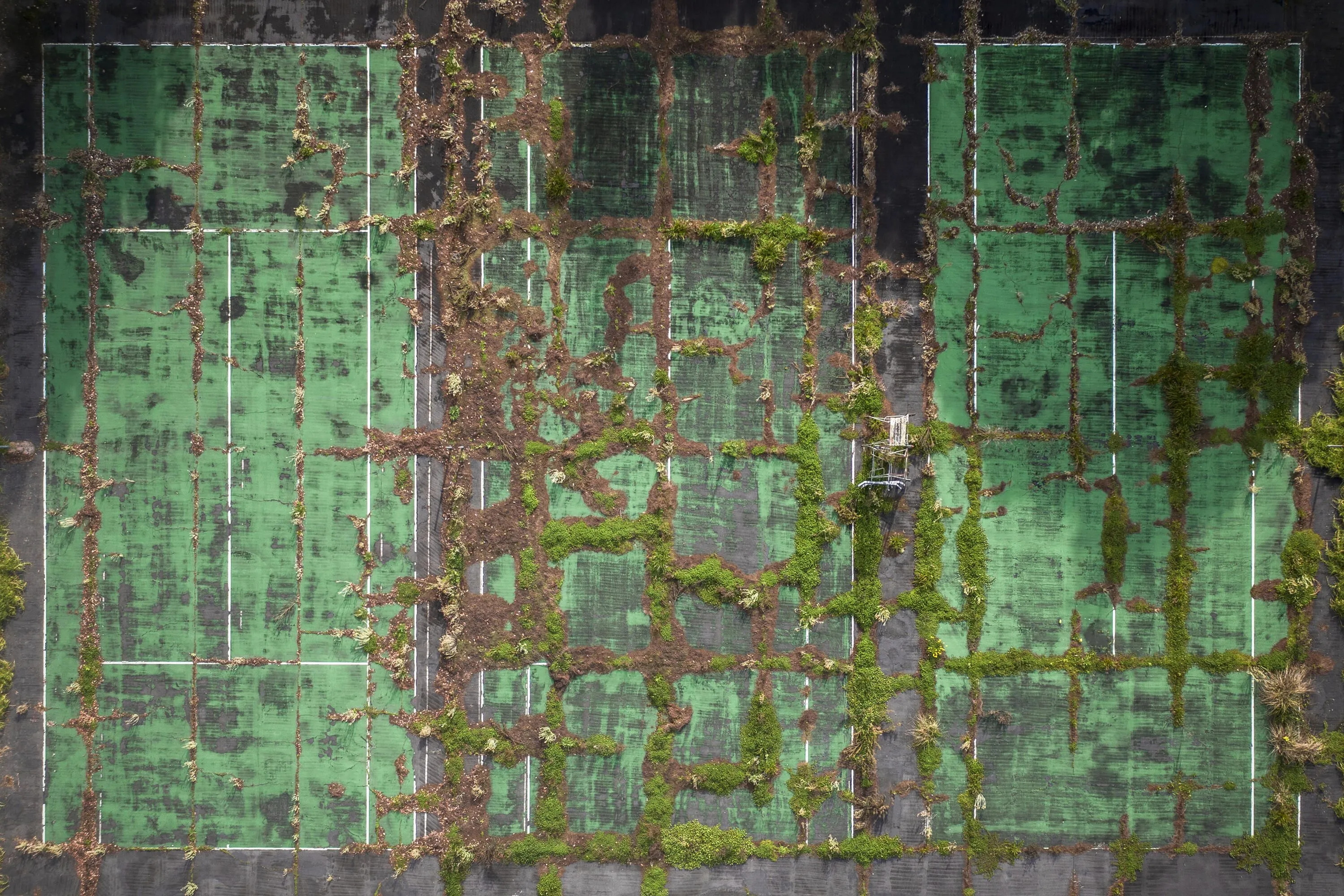
From the moment you walk into the exhibition space at the New Zealand Maritime Museum, the images on display demand your attention.
Vivid, intimate, raw, poignant - the finalists for the New Zealand Geographic Photographer of the Year evoke the full spectrum of emotions that make up A Year in Aotearoa.
But read the names underneath the photos, and something else should grab your attention.
Of the 35 finalists across all the categories - only seven are women.
There’s no question the images selected are worthy of acclaim. But in this day and age, where a variety of worldviews have become the norm in all of the arts and creative disciplines, this number should be alarming. Unfortunately for many involved in the process, it is not surprising - the numbers were similar in 2019 as well.
A difficult world to exist in
New Zealand Geographic editor Rebekah White muses “it’s one of the paradoxes of New Zealand that even though probably our two most prominent documentary photographers are women in Marti Freidlander and Ans Westra, women have always been underrepresented in all kinds of photography - except for potentially wedding photography.”
This is regarded as a worldwide trend - be it photojournalism or commercial photography, it is still a white male-dominated industry.
So why is there such a dearth of women making a living in this field? White has her suspicions. “I’ve constantly heard stories from women photographers of being belittled or discriminated against, either when they’re trying to buy gear from the camera shop or feeling like they’re not given as much of a shot commercially by agencies.
“It seems to be a reasonably difficult world to exist in, and if that's the climate then it’s reasonably off-putting to be part of.”
Bucking the trend
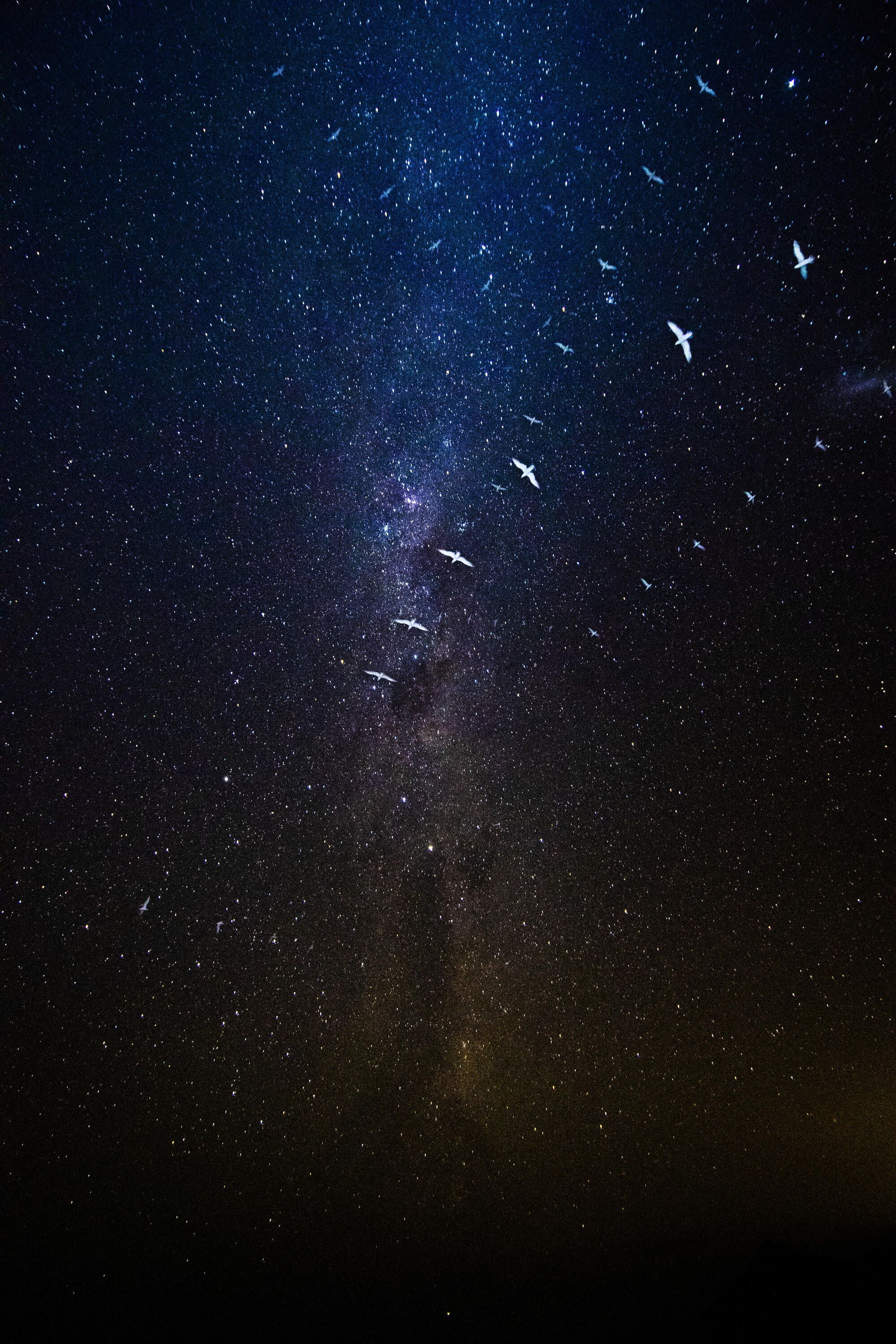
Edin Whitehead's Wildlife entry, New Zealand Geographic Photographer of the Year 2020.
Thankfully, there are those who swim against the tide, undeterred by the obstacles put in front of them, carrying the torch of bringing the female lens to the world of documentary photography.
Edin Whitehead, who’s in the running in the Wildlife category in the Photographer of the Year competition, puts the issue succinctly.
“We’re half the population. Without representing our perspectives, you have an extremely biased view of the world, and the lack of representation leaves half of our younger generations without role models to aspire to.”

Petra Leary's aerial entry, New Zealand Geographic Photographer of the Year 2020.
Photostory entrant Becki Moss feels similarly, explaining the main dominance is noticeable, "especially in the photojournalism and press photography areas. I very often look out of place at events or workshops with other photographers in my area of the industry." She adds gender diversity isn't the only absence, observing "I think an area that is still missing in mainstream media is the work of BIPOC visual storytellers."
Landscape finalist Petra Leary points out that the lack of quantity shouldn’t be confused for a lack of quality in their ranks, stating “there are so many great female photographers, but after judging a few competitions, I’ve also noticed there doesn't tend to be as many women entering them.”
Sharron Bennett’s one of the exceptions to the norm. A career photographer with 30 years experience under her belt, the photostory finalist has worked in press, editorial and commercial photography in The UK, USA and here in NZ. “It's important for everyone to have the opportunity to express their views. Museums and exhibitions like this should reflect our society and our views and that includes those of women.”
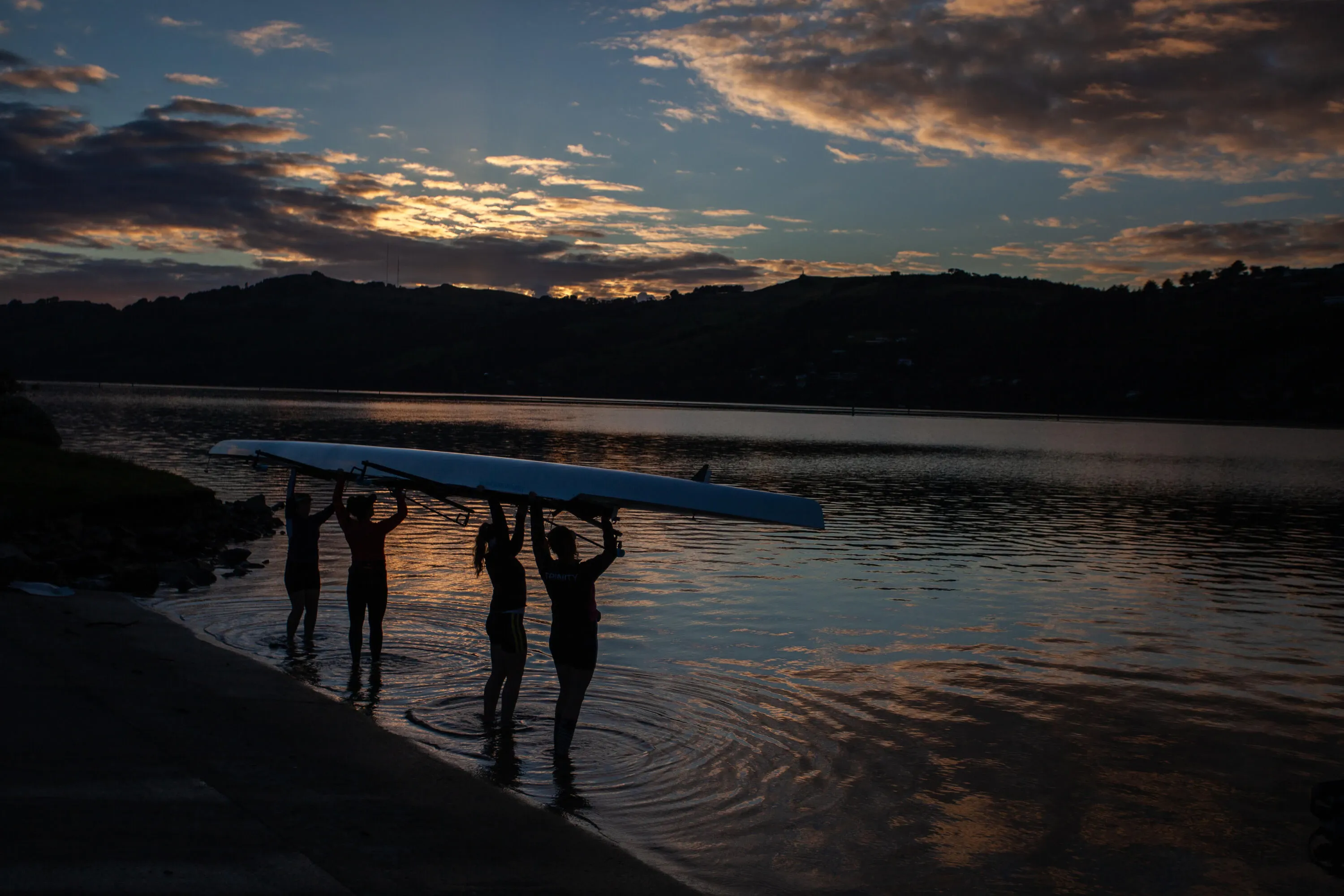
Part of Sharron Bennett's photostory entry, New Zealand Geographic Photographer of the Year 2020.
Deeper than just photography
This opens up a wider conversation around the balance of female perspective in collections and archives around Aotearoa in general. Cultural diversity and how they are represented has been in the spotlight in recent times. But how about gender diversity?
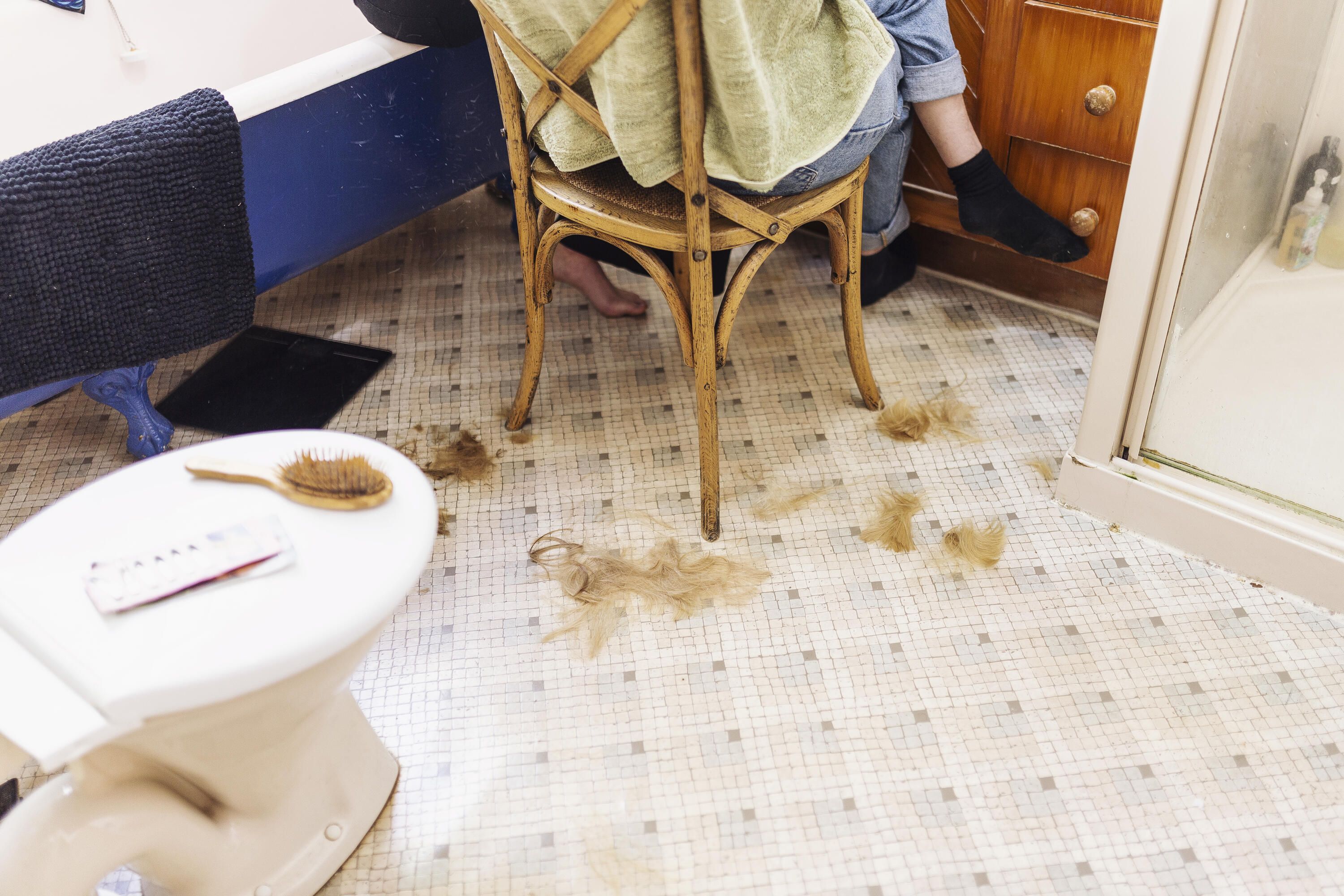
Part of Becki Moss's photostory entry, New Zealand Geographic Photographer of the Year 2020.
When it comes to documenting, collecting and retelling history - be it photos, paintings or other artistic objects - women are again underrepresented for countless generations. Are there signs of this changing?
Jacqui Knowles, New Zealand Maritime Museum’s Exhibition Curator (though not in a decision-making capacity for A Year in Aotearoa as it’s a contest) tells The Big Idea there’s a lot of work to do for the sector as a whole.
“As far as history goes, it’s well understood that those involved in collecting and documentation approach it from their perspective and according to their own list priorities and consideration of what is important. Gender, culture and class all play a role in determining these priorities.
“I think unconscious bias is present in institutional collecting, just as it exists in the employment sector. However, in general I think that because museums are often thinking about how to best serve the public, they are increasingly more conversant about adapting different approaches and platforms, as a means with which to connect with audiences.
“We look to attract new audiences and encourage repeat visitation by ensuring our programming is diverse,” she continues. “We often ask the following three questions: What are we doing? Why are we doing it? Who is it for?
“If we are to be inclusive then we need to represent as many voices as possible. When certain perspectives are neglected, our understanding of the past and present is incomplete – less rich.”
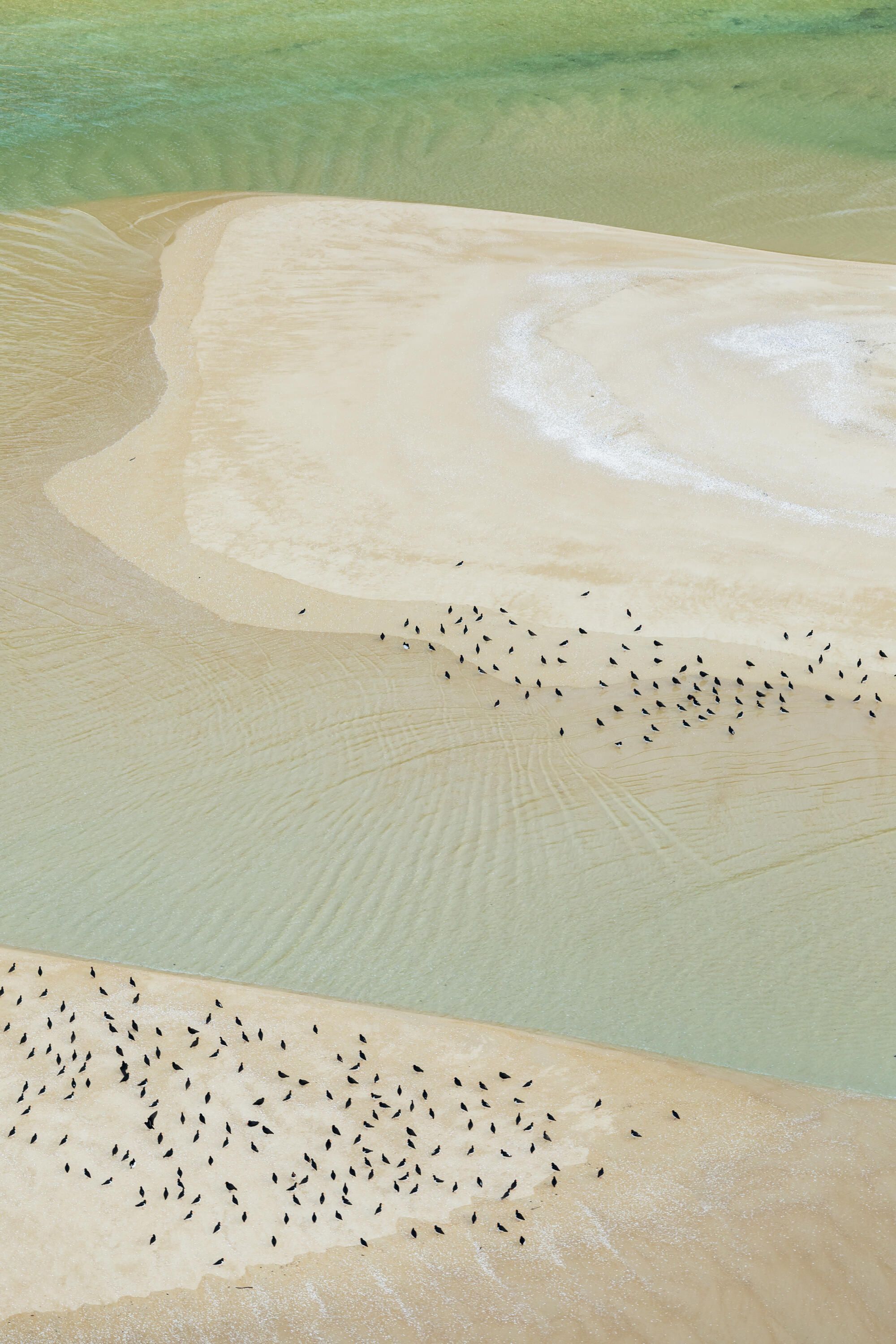
Emma Willetts's aerial entry, New Zealand Geographic Photographer of the Year 2020.
Zenovia Pappapetros, the museum’s Public Programmes Manager agrees, stating “museums are spaces of contested realities. But they can be spaces of healing through the brave telling of truth.
“As museums are inherently not neutral because of the dynamics of power, they must be socially engaged and advocative. What they collect and what and how they share it, must be and must promote inclusivity.”
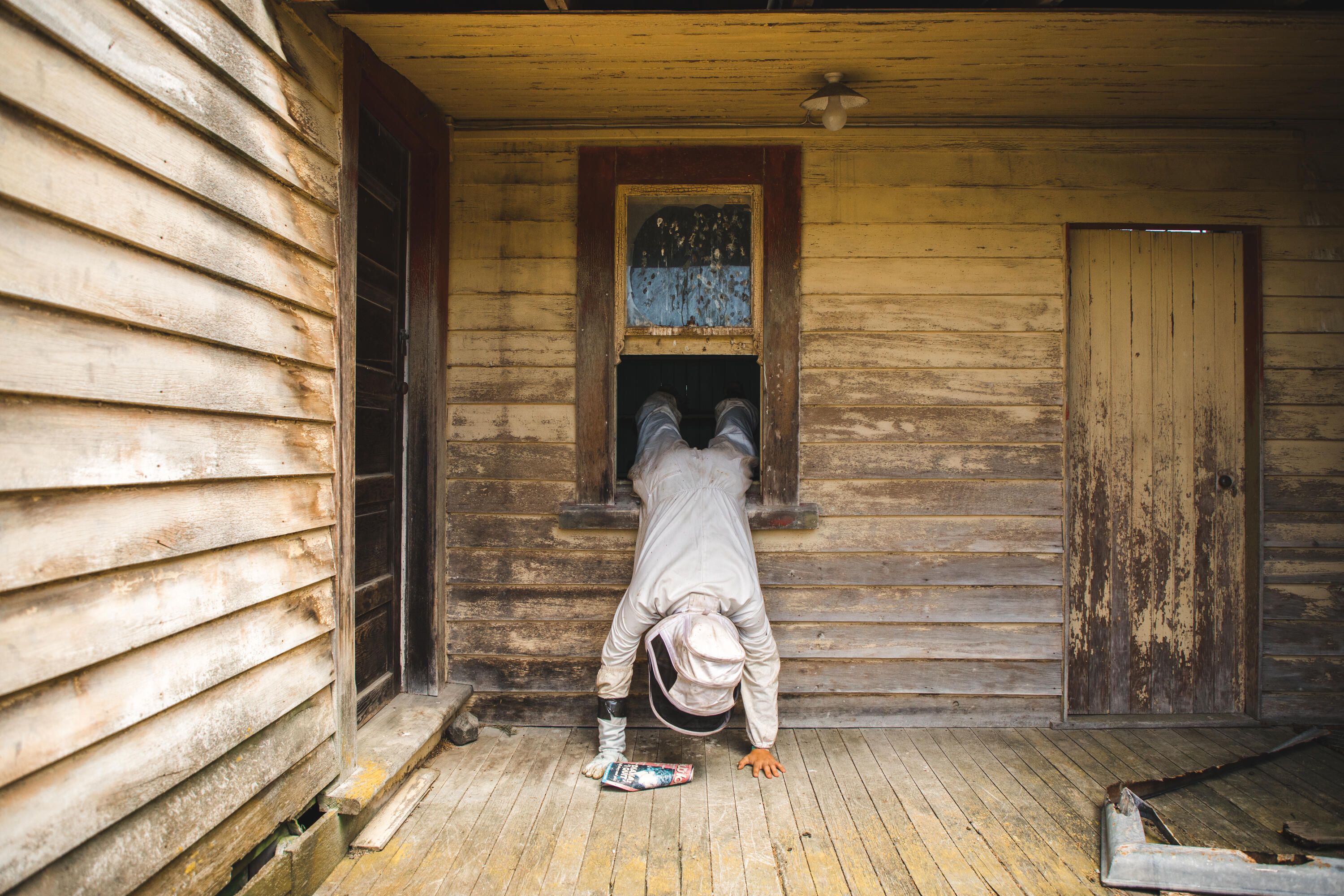
Part of Denisa Maňásková's photostory entry, New Zealand Geographic Photographer of the Year 2020.
Change won’t happen overnight
For the world of photography, how can this change begin? White expresses her frustration that photojournalism is struggling in this country, but expresses her hopes for the future.
“I would like to see more avenues for publication so women can make a living from documentary photography. I’d like to see an end to the truly ‘boys club’ environment that press photography in particular.
“I’d like to see more prestige attached to photojournalism. In New Zealand, we don’t have grants available for long-term projects in photojournalism. Usually photographers doing journalism photography aren’t eligible for Creative NZ grants. We’ve had constant feedback from CNZ that photojournalism isn’t seen as an art and it isn’t exhibited here in the same way that it is in countries like USA or France, where they’re much closer to achieving (gender) equity.”
Leary is buoyed by things like seeing far more diversity on platforms like Instagram, while Bennett believes the only way to implement change is by being prepared to back yourself. “ I think women should enter these competitions and show that they are as equally talented as their male counterparts.”
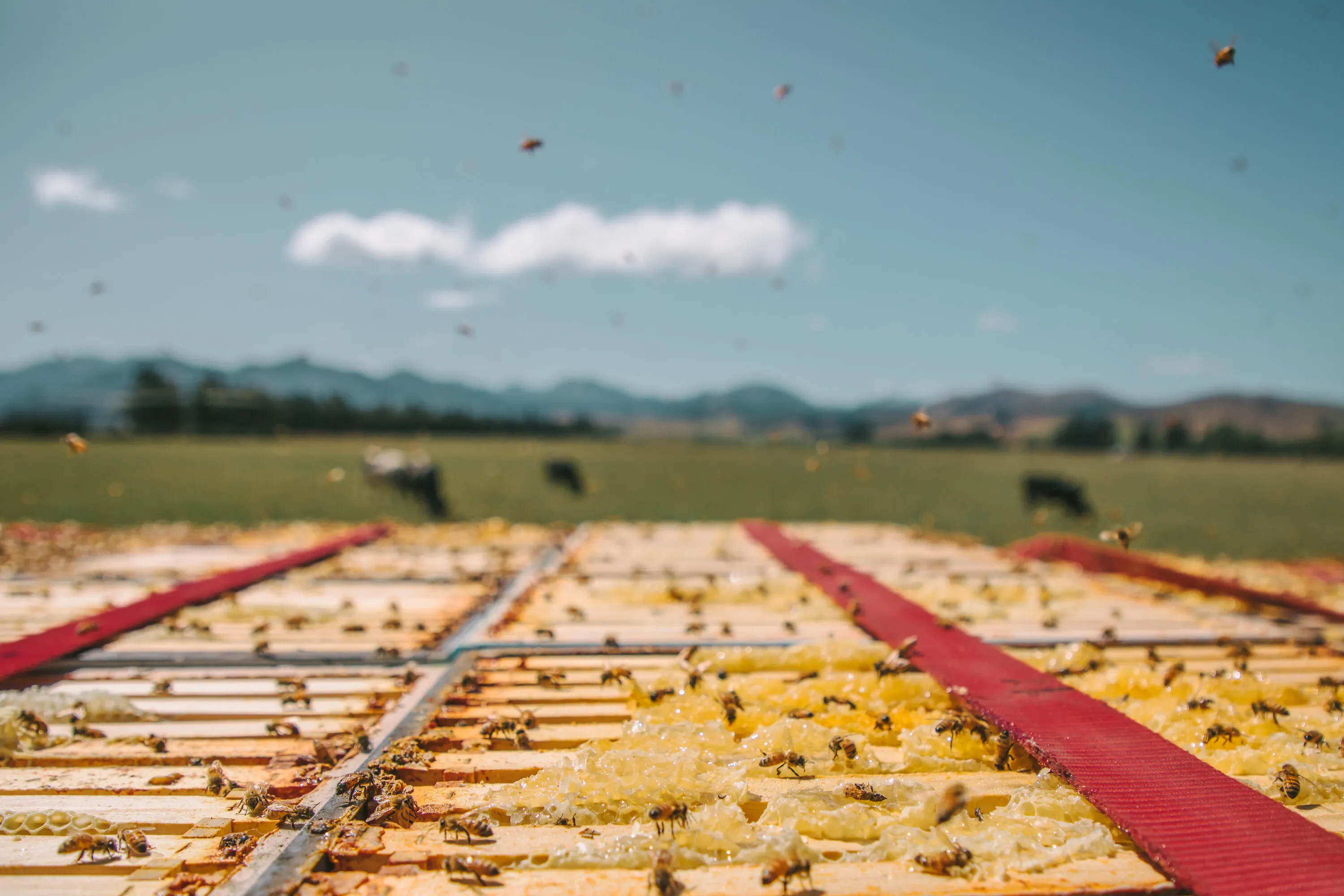
Part of Denisa Maňásková's photostory entry, New Zealand Geographic Photographer of the Year 2020.
Fellow photostory finalist Denisa Maňásková is one who refuses to see her work weighed down by the anchors of tradition. “We are living in the 21st century, I am sure that times have changed,” she says. “I think women worldviews are as important as male worldviews.”
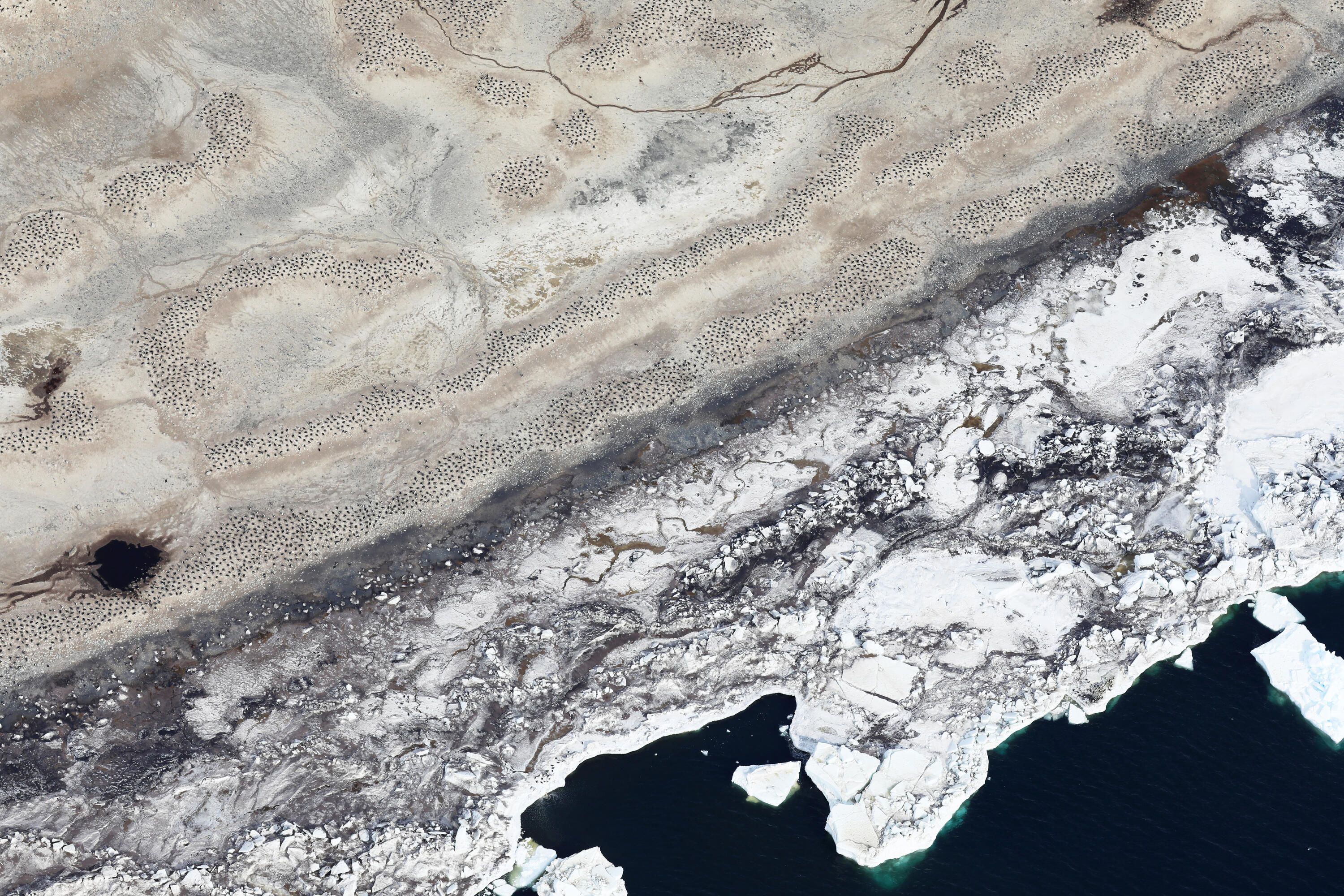
Becky Macneil's aerial entry, New Zealand Geographic Photographer of the Year 2020.
Moss is part of the new generation making a stand for equal opportunity and hopes "more women realise that the way they view the world is important and worth documenting because their experiences have been brushed over in competitions like this in the past."
Whitehead knows the road ahead is long, but an important one.
“I feel that we’re in the process of changing, questioning and pushing back against these long-held biases. We haven’t made things equal yet, for women or other minorities, but it’s a work in progress.
“Competitions like this are a chance to celebrate photography in Aotearoa, to delve into other people’s perspectives on what makes this place our home, what makes it unique and special to us.
As photographers, we can’t help but reveal a little bit about ourselves in the way we image the world around us. In the future, I’d like to see a greater diversity of perspectives, as it’s still a very white-male dominated competition.”
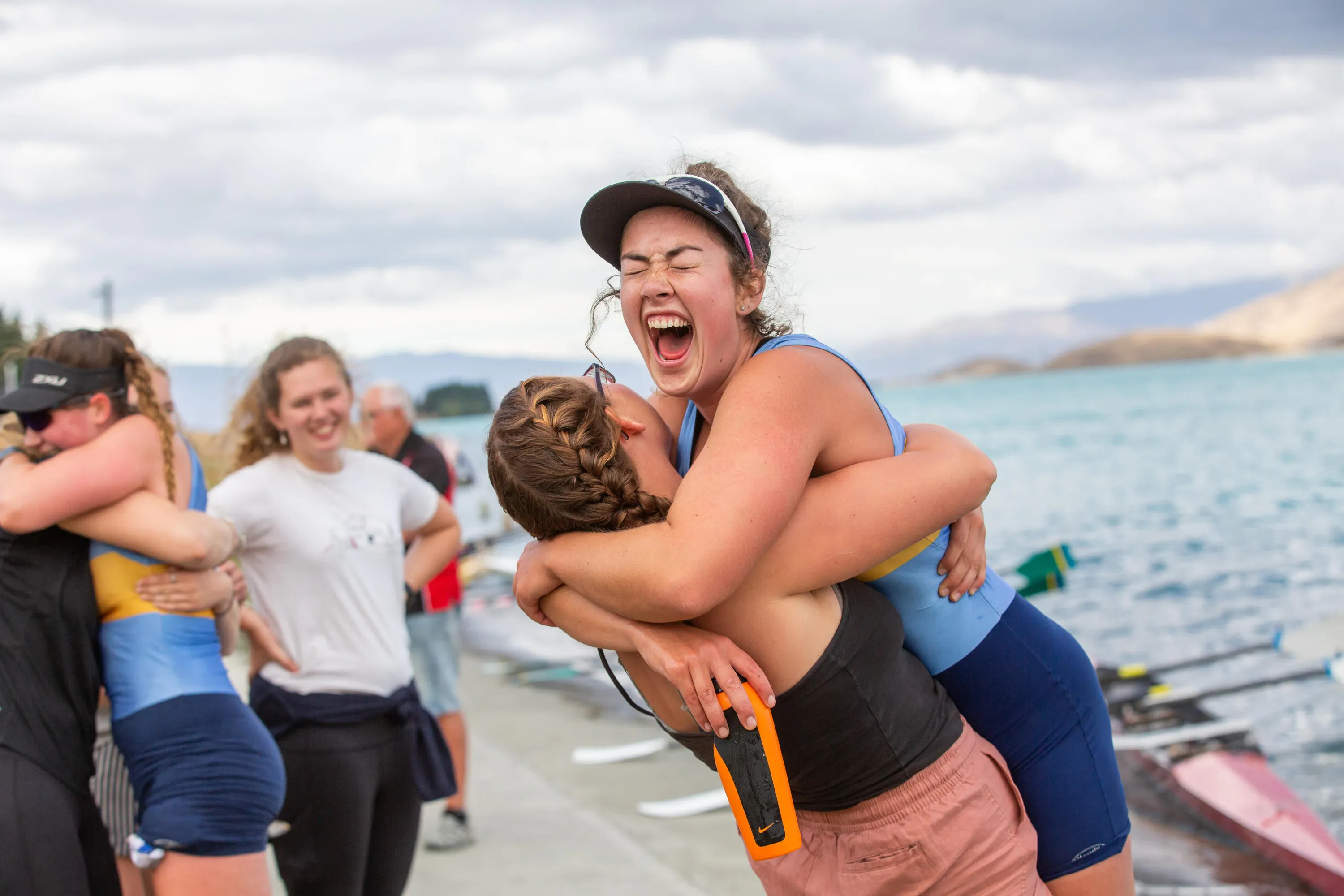
Part of Sharron Bennett's photostory entry, New Zealand Geographic Photographer of the Year 2020.
Written in partnership with New Zealand Maritime Museum. The New Zealand Geographic Photographer of the Year Competition; A Year in Aotearoa can be viewed from 10am-4pm weekdays, free to Aucklanders. For more details or to view the finalists and vote for the People’s Choice Award, click here.
